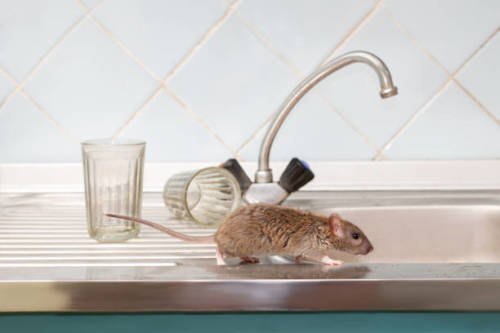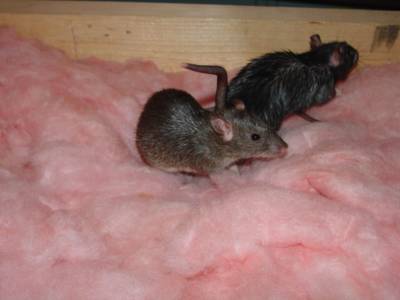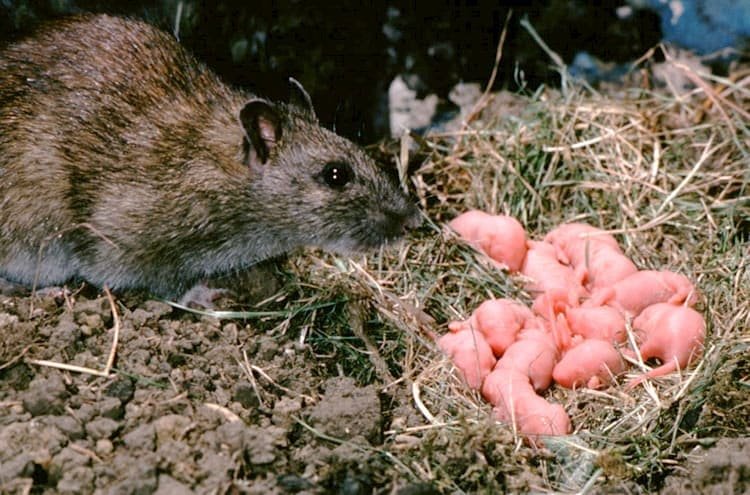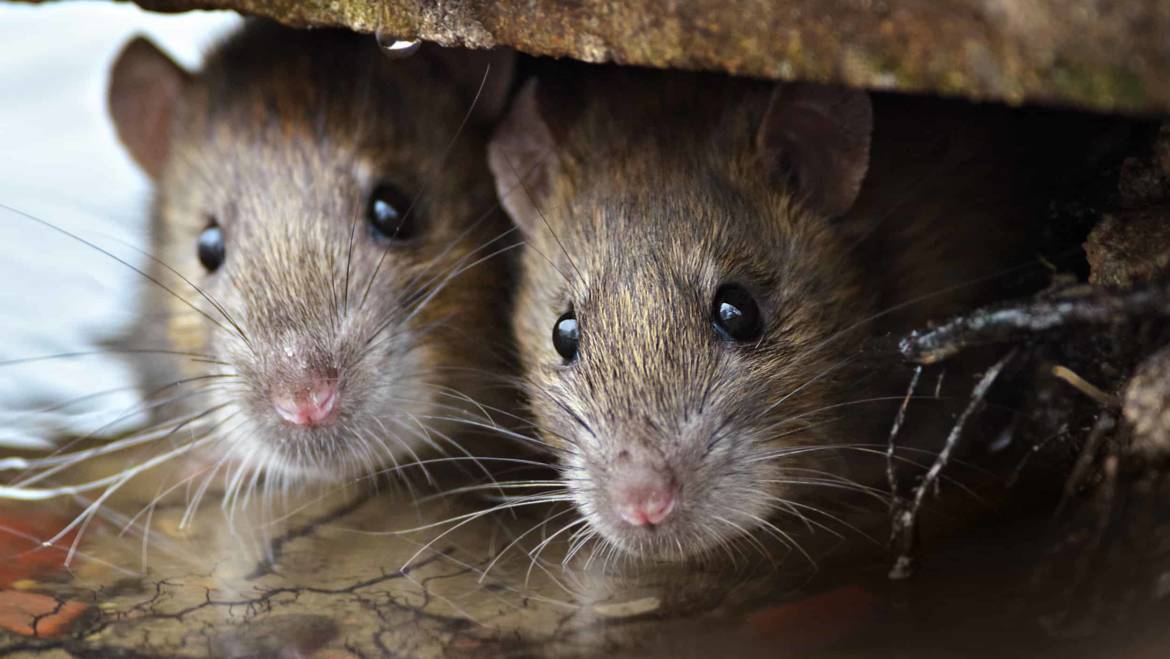Journey of a Rodent: Why Some Areas Have More Rats - Insights from Livingston Pest Control
Introduction
Rats, often considered pesky pests, have a fascinating journey that can shed light on why certain areas become more susceptible to rat infestations. Livingston Pest Control is here to explore this intriguing topic, diving into the factors that contribute to the proliferation of rats in specific locations. Join us on this educational journey as we unravel the reasons behind the prevalence of rats in certain areas and the importance of effective pest control strategies.
Understanding Rat Behavior
Rats, resilient and adaptive creatures, have evolved to thrive in various environments. They possess remarkable survival instincts, which allow them to find shelter, food, and water sources even in urban landscapes. This adaptability has contributed to their global distribution and proliferation. To tackle rat infestations, it’s essential to understand their behavior and biology.

Environmental Factors
- Food Availability: One of the primary reasons some areas have more rats is the abundance of food sources. Urban environments with improper waste management, unsecured garbage bins, and inadequate hygiene practices create a haven for rats to feast on discarded food items.
- Shelter Opportunities: Rats seek shelter in warm, dark, and hidden spaces. Areas with clutter, debris, and unattended structures provide ideal nesting grounds. Neglected spaces, such as abandoned buildings and overgrown vegetation, create inviting habitats for rats to thrive.
- Water Sources: Like all living organisms, rats need water to survive. Locations with accessible water sources, such as leaky pipes, drainage systems, and standing water, offer rats the hydration they need.
Human Activities
- Urbanization: The expansion of urban areas often results in changes to rat habitats. Construction activities can disrupt rat populations, causing them to migrate to new locations in search of shelter and resources.
- Unmaintained Spaces: Neglected properties and vacant lots provide rats with ample opportunities to establish colonies. Without proper maintenance, these areas can become breeding grounds for rats.
- Inadequate Waste Management: Improper disposal of waste attracts rats. Overloaded trash bins, littered streets, and unsanitary conditions contribute to the rodent population growth.
- Feeding Habits: Restaurants, food processing plants, and residential areas with loose food storage practices inadvertently provide rats with a steady food supply.

Climate and Geography
- Warm Climates: Rats thrive in warmer climates, as they reproduce more frequently in milder conditions. This explains their prevalence in regions with year-round moderate temperatures.
- Proximity to Water: Coastal areas or regions near rivers and lakes are prone to rat infestations due to the availability of water sources and the conducive habitat provided by moist environments.
The Importance of Pest Control
Livingston Pest Control recognizes the significance of effective pest control strategies to curb rat infestations. Implementing integrated pest management techniques, such as sealing entry points, using traps, and employing eco-friendly deterrents, can help prevent and manage rat populations. Additionally, promoting awareness about proper waste disposal, maintaining hygiene standards, and collaborating with local communities are essential steps in reducing rat-related issues.

Conclusion
The journey of a rat reveals the intricate interplay of environmental, human, and geographical factors that contribute to their prevalence in certain areas. By understanding these factors, we can develop targeted strategies to minimize rat infestations and maintain healthier living environments. Livingston Pest Control remains committed to sharing knowledge and implementing effective solutions to create pest-free spaces for everyone to enjoy.


Add Comment